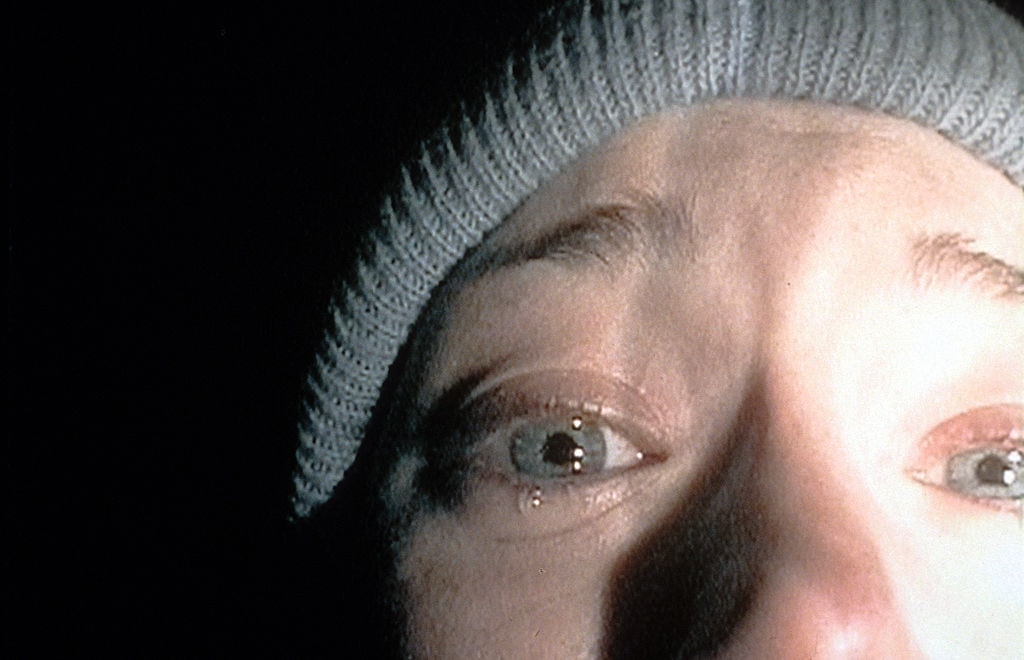
As a child of the ’90s, I can wholeheartedly say that The Blair Witch Project was more than just a movie – it was an experience. I remember the anticipation building as rumors swirled about its authenticity, and the thrill of seeing it in a packed theater with friends who were equally on edge. Fast-forward to today, and while some aspects may not hold up quite as well, that initial fear still lingers, proving that less really is more when it comes to horror.
Predicting that the first new “Star Wars” film in 16 years would take the top spot at the box office in 1999 wouldn’t label you as a fortune teller. But if you had guessed that a movie with a budget of $60,000 would make it into the top 10 at the beginning of that same year, it might have caused some surprise.
25 years ago, the term “going viral” didn’t carry the same meaning as it does today. The advent of social media platforms like Instagram and Twitter has significantly transformed marketing strategies, but in 1999, the internet’s potential for spreading information was largely unexplored. Enter “The Blair Witch Project”. This movie, now available on Peacock, was one of the pioneers in using the internet to create a myth that would eventually be enshrined as legend.
The promotional strategy for this low-cost horror film has gained notoriety similar to an unresolved missing persons case, serving as the foundation for its fictitious documentary style. The combination of real crime elements and an 18th century witch tale proved to be a winning formula that captivated public interest. A summer article in the New York Times explored why witches and occult themes continue to fascinate our culture, referencing Sabrina the Teenage Witch and Buffy the Vampire Slayer as modern examples. Furthermore, the marketing of The Blair Witch Project leveraged human curiosity about the unknown, presenting a fresh perspective on an ancient myth using cutting-edge technology.
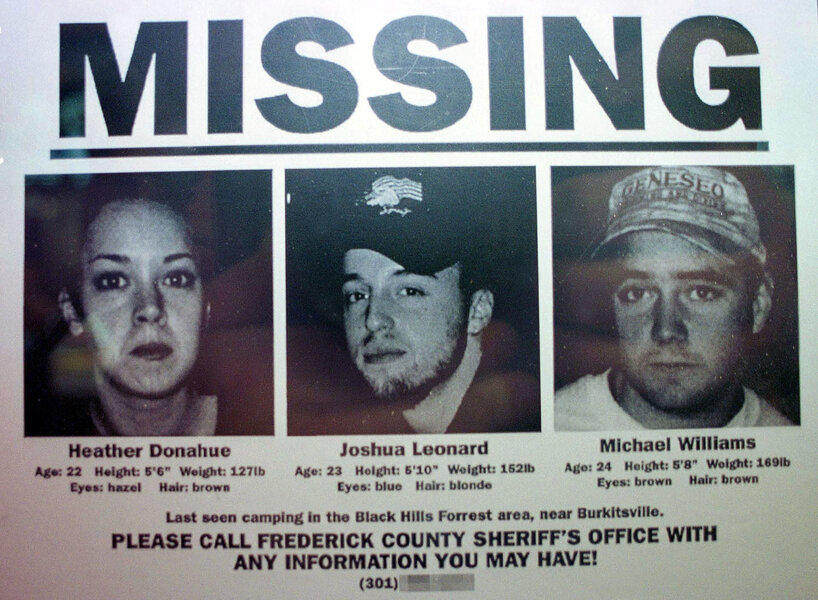
For eight days in 1997, novice directors Daniel Myrick and Eduardo Sánchez filmed their debut project, “The Blair Witch Project.” They recruited three unrecognized actors – Heather Donahue, Joshua Leonard, and Michael C. Williams – to play the principal roles. To supplement the budget, they relied on credit cards. The film eventually grossed nearly a quarter of a billion dollars globally and inspired several sequels, none of which could quite match the original’s success. Despite Hollywood’s penchant for reboots, some legends refuse to be duplicated – and in this instance of found-footage horror, timing was crucial.
Back in the late ’90s, a decade before “The Blair Witch Project” hit the screens, the internet as we know it today was just a budding concept. It wasn’t until years later that it transformed into the ubiquitous network we rely on so heavily now. Fast forward to 1999, and having a computer in your pocket was about as likely as me finding a four-leaf clover on Mars!
Want more horror?
1. Original Director Unveils the Genesis of Psychological Thriller “Speak No Evil”
As a dedicated fan, I can’t help but appreciate the authenticity that this marketing strategy aimed for. It was subtly emphasized through the title card, revealing to viewers that the chilling events portrayed in the fall of 1994 were based on true events, and remarkably, the three college students depicted in the film remain missing till this day. The strategic choice to cast unfamiliar actors significantly contributed to the movie’s gripping narrative. Had it starred any familiar faces from The WB, the suspense and intrigue that enveloped us might have been shattered.
The Blair Witch Project‘s Sundance Origin Story
Myrick and Sánchez never dreamed of what would unfold when their modest film debuted at the Sundance Film Festival in January of 1999. They believed it was their passport to Hollywood, expecting it to lead to more opportunities. However, it turned out to be a surprise blockbuster of the summer and ended up as the tenth-highest-grossing film of 1999 in the U.S. It’s amazing how circumstances can take an unrecognized project and transform it into a massive success.
Scary movies cycle through trends, from the slasher flicks of the 1980s to ’90s meta-horror. In a post-Scream world, The Blair Witch Project goes back to basics, evoking folklore fears from the Mayflower era and before. At one point Heather says, “This is America” with no hint of irony or awareness, as if this simple statement means nothing bad will happen to them in the woods — woods she herself knows are stained with blood. Sarcasm and snark are not embedded in the dialogue; instead, we witness a slow descent into fear as the trio find themselves lost, stalked at night by an unseen presence, with the only evidence left behind in piles of rocks and creepy stick figures hanging from trees. Gallons of blood are not necessary to scare the hell out of an audience when imaginations can run wild. As Janet Maslin’s New York Times review notes, “Like a cabin built entirely out of soda cans, The Blair Witch Project is a nifty example of how to make something out of nothing.”
In a somewhat unexpected twist, objects as simple as sticks bound together might not seem particularly frightening. However, when associated with the supernatural and a possible witch, they can acquire an eerie power. Production designer Ben Rock drew inspiration from ‘The Wicker Man’ and an ancient runic figure known as the Burning Man to create these twigs that would send shivers down the spines of the main characters. As part of the marketing strategy, around 500 of these effigies were distributed to media outlets, eventually becoming a sought-after collectible. At one point, individual figures were being sold for up to $300 on eBay. This movie seemed to turn everything it touched into gold.
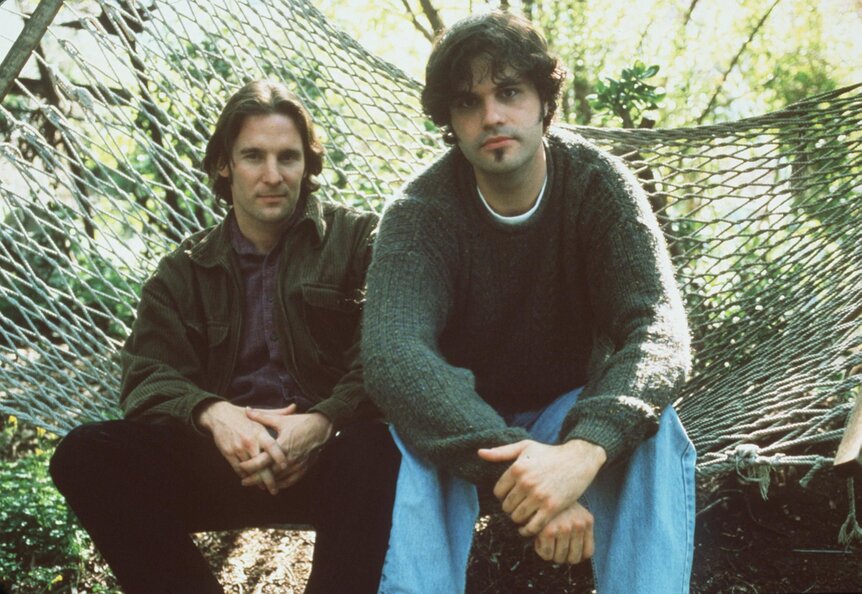
Initially, Sundance Film Festival saw the sale of a movie for $1.1 million. Subsequently, Myrick and Sanchez won the Prix de la Jeunesse at Cannes Film Festival. This high-profile occasion was skipped by the cast to preserve their secret. Intriguingly, IMDb temporarily listed Heather Donahue, Joshua Leonard, and Michael C. Williams as deceased, a fact that caused some discomfort for Donahue.
At one instance, I found myself contemplating the boundaries for both the movie and its promotion strategy. The extensive and convincing marketing campaign led some individuals to believe it was genuine. Amazingly, many still think it’s real, and when you clarify otherwise, they suspect deception. It’s a peculiar situation where a hidden secret within a secret seems to be at play.
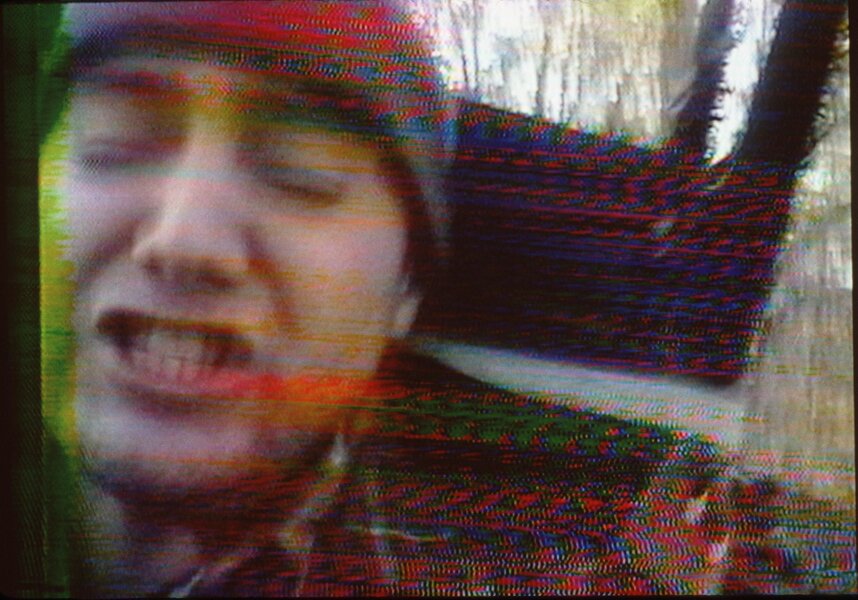
The Blair Witch Curse was an innovative production that combined mock-documentary elements within a larger mock-documentary context, initially broadcast on the Sci-Fi Channel (known then as such). This was shown a week before its limited release, making it the most-watched special the network had ever aired at that time. The film’s footage, coupled with interviews given by actors portraying characters like Heather’s college professor, enhanced the realistic feel the directors were aiming for. Additionally, these interviews provided extensive information about the legend of Elly Kedward, a woman accused of witchcraft in 1785, and the alleged terrors that have been occurring in this Maryland region ever since.
The marketing strategy for The Blair Witch Project was flawlessly implemented, causing curiosity to soar regardless of whether people thought it was genuine or not. Prior to its grand opening at the end of July, the movie had a limited premiere on July 14 at 27 locations. Remarkably, the film shattered every prior attendance record at all but one theater, raking in $1.5 million during its debut weekend. The film received favorable reviews from critics (boasting an 87% rating on Rotten Tomatoes), and despite mixed reactions from audiences (receiving a CinemaScore of C+), the intrigue surrounding it ensured theaters were consistently filled to capacity.
As a seventeen-year-old gamer, I remember the thrill when The Blair Witch Project hit the screens. My friends and I caught it on its opening weekend in the States, since it didn’t arrive in the U.K. until October – a wait that now feels like an eternity after its domestic premiere. In those days before social media, evading spoilers was a breeze. By the time we got to watch it, it was clear it wasn’t a genuine documentary, but the anticipation had me on edge with excitement!
Reframing the statement in a more conversational manner: You just can’t replicate the thrill of that initial theater experience on an opening weekend, but I gave The Blair Witch Project another watch recently for the first time since 1999 to see if it still stands the test of time. Naturally, as a horror film, people’s opinions will vary (and I tend to get scared quite easily), and my thoughts about this movie may be colored by my teenage nostalgia.
The Ending of The Blair Witch Project
1. The climax might lack a chilling impact, but the nocturnal scenes were still nerve-wracking enough for me to cover my eyes, demonstrating that simplicity often yields more terror. Despite their constant bickering about maps and petty disputes, the mystery surrounding who or what is tormenting them enhances the fear factor. Much of the movie’s conversation was spontaneous, but directorial notes provided by the filmmakers helped shape the storyline. According to Myrick, Heather’s note read: “Keep moving south. Don’t waver. You know the way home. Stay on plan.”
The subsequent sequels failed to capture the same phenomenon or financial success as the original. Piling on more funds seemed to drive this film deeper into trouble. A hit movie didn’t automatically guarantee a successful career for its creators, as they haven’t been able to produce or star in anything of similar scale since. Although it wasn’t the first horror film to use found footage — Cannibal Holocaust holds that title — it’s challenging to underestimate its influence. Cloverfield, which cost significantly more, shares many traits with the Blair Witch Project‘s internet campaign strategy.
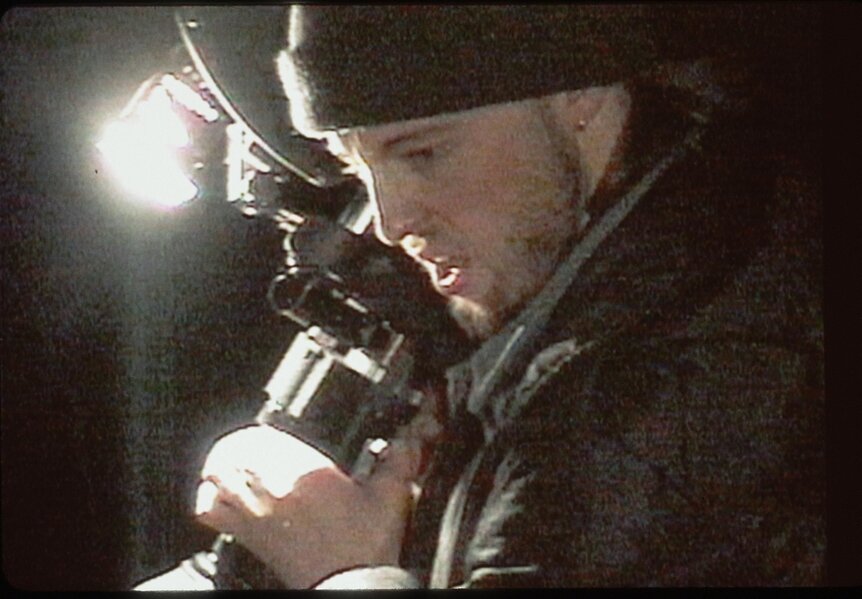
In 2016, director Oren Peli expressed to The New York Times that the film “Paranormal Activity” significantly impacted his life. He was inspired by “The Blair Witch Project,” which was made on a shoestring budget and no industry connections, yet managed to earn a quarter of a billion dollars. This led him to believe there might be an opportunity to create something unique outside the established system. Throughout film history, each decade has had a handful of horror movies that stand out; “The Blair Witch Project” marked the beginning of a new era for the ’90s. Although it was lampooned in films like “Scary Movie,” TV shows such as “Dawson’s Creek,” and late-night talk shows, these tributes simply demonstrate the film’s far-reaching influence. I can’t disclose any details about the sequels in this series, but the twig figures, handprints on walls, someone standing in a corner, and that intense close-up of Heather’s snotty face are now iconic images.
Tales of witches persist in captivating our imagination, stirring emotions, and sparking curiosity. However, The Blair Witch Project demonstrated an innovative approach by blending old folklore with the internet, thereby giving birth to a significant cultural movement.
Read More
- Grimguard Tactics tier list – Ranking the main classes
- Gold Rate Forecast
- 10 Most Anticipated Anime of 2025
- USD CNY PREDICTION
- Box Office: ‘Jurassic World Rebirth’ Stomping to $127M U.S. Bow, North of $250M Million Globally
- Silver Rate Forecast
- “Golden” Moment: How ‘KPop Demon Hunters’ Created the Year’s Catchiest Soundtrack
- Castle Duels tier list – Best Legendary and Epic cards
- Black Myth: Wukong minimum & recommended system requirements for PC
- Mech Vs Aliens codes – Currently active promos (June 2025)
2024-08-30 18:34